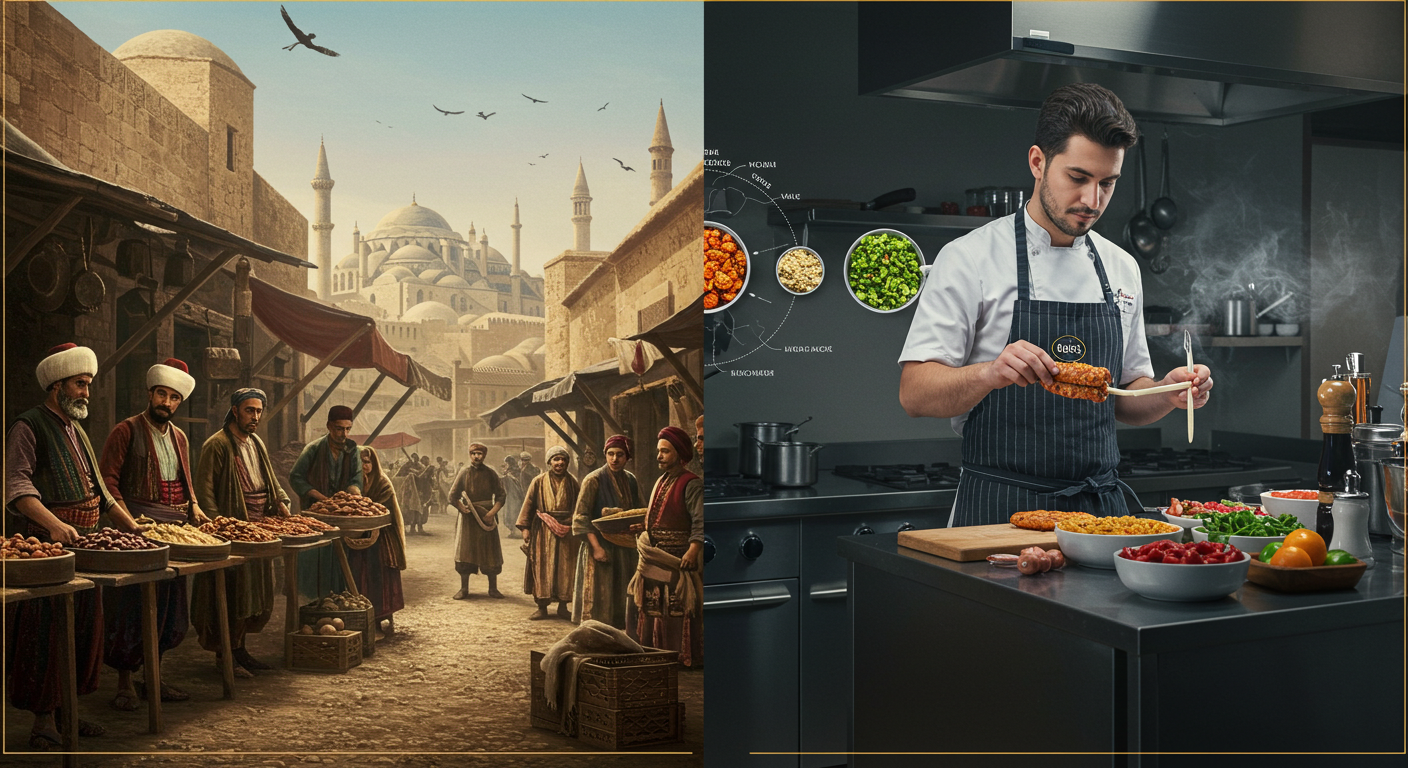In the heart of Anatolia, where culinary traditions date back thousands of years, çeciir stands as a delicious symbol of Turkey’s rich food culture. Often crafted from roasted chickpeas and seasoned with natural herbs or spices, çeciir is more than just a snack—it’s a cultural artifact passed down from generations.
While modern snack trends come and go, çeciir continues to thrive as a healthy, protein-rich, and nostalgic treat enjoyed across Turkey and increasingly in global gourmet markets. Today, this humble food is being rediscovered by a new generation of health-conscious and heritage-curious food lovers.
The Origins of Çeciir
A Snack with Roots in Anatolia
The name çeciir is thought to derive from a regional or dialectal variation of “nohut” (chickpea in Turkish). Historically, chickpeas have been a staple in Middle Eastern and Mediterranean cuisine, revered for their nutritional value and versatility.
Çeciir, in particular, is believed to have originated from central Anatolia, where local farmers roasted chickpeas over fire and flavored them with salt or dried herbs as a portable snack for field work and long travels.
Over time, it evolved into a community staple, offered during festive gatherings, religious holidays, and even used in old folk rituals for blessings and abundance.
How Çeciir is Made
While variations exist by region and family recipe, traditional çeciir follows a simple yet meticulous process:
Step-by-Step Preparation:
-
Soaking the Chickpeas – Dried chickpeas are soaked overnight to soften and rehydrate them.
-
Drying – After soaking, the chickpeas are dried thoroughly to prepare for roasting.
-
Roasting Over Fire or Oven – The chickpeas are slowly roasted in large metal pans or clay ovens, sometimes over an open flame, until golden brown.
-
Seasoning – Common seasonings include salt, cumin, paprika, sumac, or even honey and cinnamon in sweet versions.
-
Cooling and Packaging – Once roasted, they are cooled and stored in clay jars, cloth sacks, or modern packaging for longevity.
The result is a crunchy, flavorful snack with a long shelf life and a deeply satisfying texture.
Regional Variations of Çeciir
Different regions across Turkey—and even neighboring countries—offer their own take on çeciir. Here are a few notable examples:
-
Sivas Çeciir – Known for a spicier flavor and deep roast.
-
Konya Çeciir – Often includes thyme and is traditionally served during religious celebrations.
-
Çorum Leblebi – While not called “çeciir,” leblebi (roasted chickpeas) are closely related and often considered a cousin snack, particularly in Western Anatolia.
Some regions even include coated çec.iir—chickpeas covered in sugar, flour, or sesame for a sweet twist.
Health Benefits of Çeciir
One of the reasons çec.iir is gaining popularity today is due to its impressive nutritional profile:
Nutritional Highlights:
-
High in plant-based protein
-
Rich in fiber
-
Low in fat and gluten-free
-
Source of iron, magnesium, and B-vitamins
Because of these benefits, çeciir is often recommended as a healthy alternative to chips or processed snacks, especially for athletes, vegans, and people following Mediterranean or clean diets.
Çeciir in Modern Cuisine
Today, chefs and food creators are reinventing çeci.ir for modern tastes. You might find:
-
Çeciir salads – Tossed into grain bowls or used as crunchy salad toppings.
-
Spiced snack mixes – With nuts, dried fruit, and roasted çeciir.
-
Street food & meze platters – Served alongside olives, cheese, and flatbreads.
-
Sweet çe.ciir desserts – With chocolate coating or honey glaze.
This revival shows that ancient foods like çec.iir can be both timeless and trendy.
Cultural Significance and Symbolism
In some Turkish regions, çec.iir is more than just food—it’s part of ritual and tradition. It’s often served at:
-
Weddings – As a symbol of prosperity.
-
Ramadan and Eid – For sharing with family and neighbors.
-
New Year’s rituals – Placed in bowls at the door for good luck.
Older generations remember çec.iir not just by taste, but by the crackling sound of roasting, the aroma of seasoned chickpeas, and the family gatherings it accompanied.
Çeciir and the Diaspora
Turkish communities abroad—especially in Germany, the Netherlands, and the U.S.—have kept the tradition alive by importing çec.iir or making it at home. It’s a taste of nostalgia and identity for many in the diaspora, often passed down from grandparents to grandchildren.
In recent years, artisanal çec.iir brands have begun exporting it to international markets, packaging it with modern branding while honoring its heritage.
Where to Find Çeciir Today
Looking to try çec.iir? You can find it at:
-
Local Turkish markets and spice shops
-
Online specialty food retailers
-
Gourmet health food stores
-
Cafés and meze bars in larger cities
Many small businesses are also offering çec.iir as part of curated gift boxes for Turkish holidays and cultural events.
How to Make Çeciir at Home
Want to try it yourself? Here’s a simple homemade çeciir recipe.
Ingredients:
-
2 cups dried chickpeas
-
1 tbsp olive oil
-
Salt to taste
-
Optional: cumin, paprika, dried mint
Instructions:
-
Soak chickpeas overnight.
-
Drain and dry completely.
-
Toss with olive oil and spices.
-
Roast in oven at 200°C (390°F) for 30–40 minutes, shaking occasionally.
-
Let cool and store in airtight container.
Enjoy them on their own or sprinkle over soups and salads!
Final Thoughts: Çeciir – A Snack with Soul
In an age where tradition and modernity often seem at odds, çeciir beautifully bridges the two. It’s a reminder that even the simplest foods can carry centuries of culture, care, and community.
Whether you’re discovering çeciir for the first time or reconnecting with a childhood favorite, it’s more than a snack—it’s a symbol of Turkish heritage, resilience, and culinary beauty.

